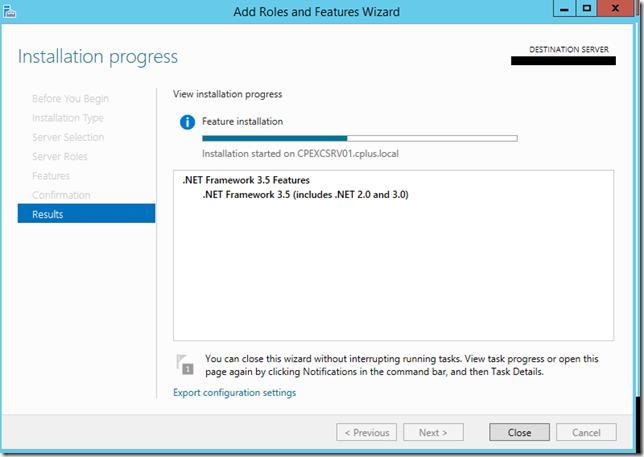Install Squidguard On Windows
Back in 2006 or in the early days after i started this blog. I wrote about Installing Squid Cache on Windows. And i think i should rewrite it again because some parts in the old post is missing (back when this blog started, this blog is hosted at WordPress.com and when i moved to a self hosted solution there are some errors in the importing process and although i know about that since a long time ago i’m just too lazy to rewrite it again lol). But well what’s done is done:) Anyway, before we begin, make sure that you have downloaded Squid Windows Binary Package / Squid for Windows that can be downloaded from.
How to Install Squid Proxy on Windows. Vista or Windows 7 and have UAC enabled) and then type below command to copy the default configuration files and install squid as windows service: cd /d c: squid copy etc *.default etc *. Sbin squid.exe -i. Because i’m not sure on whether SquidGuard or DansGuardian can be used on Windows) 1. Dec 16, 2014 Also, on CentOS 7, squidGuard db is located at /var/squidGuard NOT /var/lib/squidguard. (note the capital G) Following the tutorial results in a segmentation fault when reaching the db creation command. /etc/squid/squidGuard.conf needs to be correctly setup first.
And you have extracted it somewhere on your hard drive. In this post, i choose to extract it to “C: Squid” due to hardcoded path and beside most people don’t like to read long post. So if you changed Squid location, make sure to adjust it accordingly. And don’t worry the actual installation process is fast. The other steps described here are optional unless you need it And as a note, i wrote this post (tested) on Windows 7 x64 with UAC Enabled using Squid 2.7 Stable 8 and i’m pretty sure as it will work with earlier version of Windows as well. You don’t need to turn off UAC because turning UAC off isn’t a good solution And now let’s get started Initial Setup First thing you need to do is, open command prompt as Administrator (if you’re on Windows Vista or Windows 7 and have UAC enabled) and then type below command to copy the default configuration files and install squid as windows service: cd /d c: squid copy etc *.default etc *.
Sbin squid.exe -i For the sake of completion, if you choose to put Squid.conf (or the entire Squid files) not at Drive C, replace the last command with this one (where x is your drive letter): sbin squid.exe -i -f 'x:/squid/etc/squid.conf' What the above code do: • Change directory to your Squid directory • Create the default configuration file for Squid which is a copy from the default configuration file • Install Squid Cache as Windows Service so it’ll start Squid Service automatically And now we’re going to edit the main configuration for Squid Proxy Cache, and that is squid.conf. Tekst pamyatnogo adresa k yubileyu. But obviously not everything is going to be covered here (you should go to the squid official site for this purpose). To the best of my knowledge, i’m thinking that Radius Authentication on Squid Windows isn’t working / broken or probably not ported yet, because i’ve tried replicating my squid configuration from linux which works fine (CentOS 5 with Squid 3.1 and also tested on 2.7 just to be fair) to Windows (Squid 2.7) but it keep prompting me to insert password and username although i’ve inserted the correct user and password. Even running the squid_radius_auth.exe cli directly didn’t return anything so i’m thinking it’s not compatible with Windows yet •.
Microcat hyundai dongle crack load system. You’re welcome Shahryar:) as for your question, i’m guessing that you’re planning on using Squid as a transparent proxy from a PPTP connection. If that’s what you’re planning and you don’t need authentication as illustrated below then it can be done.

Client (Windows via PPTP) -> PPTP Server -> Squid -> Internet = Possible but if you’re going to use it like below illustration Client (Windows via PPTP) -> PPTP Server -> Squid -> Radius -> Internet = Not possible as you can see from official Squid docs WARNING: authentication can’t be used in a transparently intercepting proxy as the client then thinks it is talking to an origin server and not the proxy. This is a limitation of bending the TCP/IP protocol to transparently intercepting port 80, not a limitation in Squid. As a note, other than client the rest is using Linux (CentOS) •.